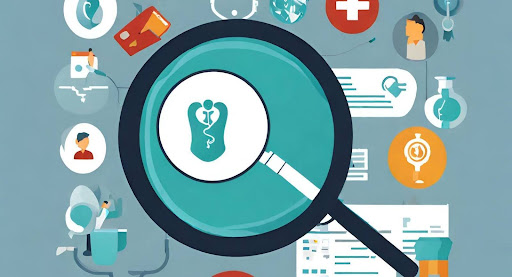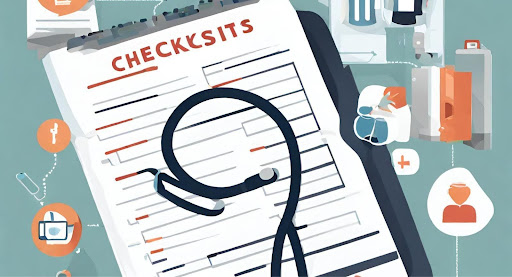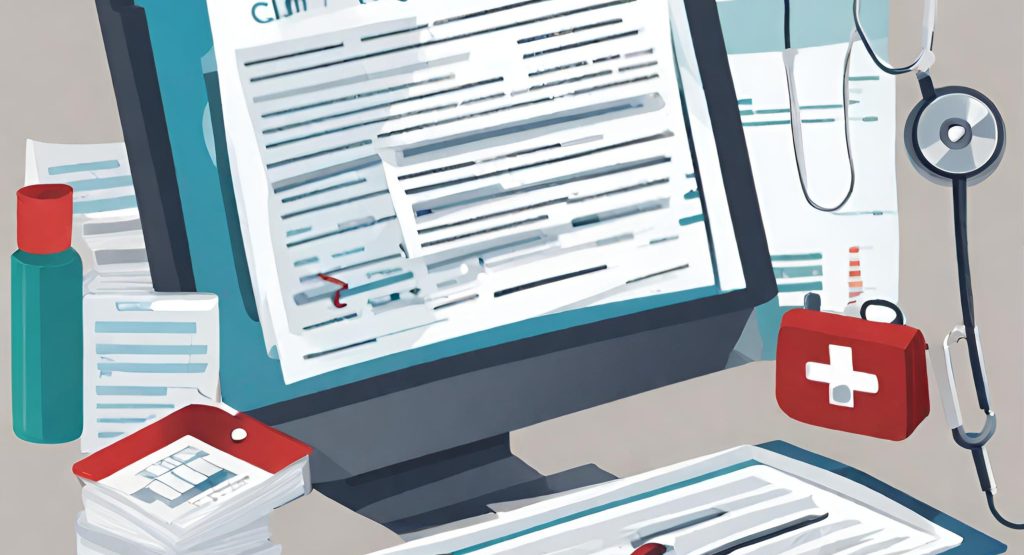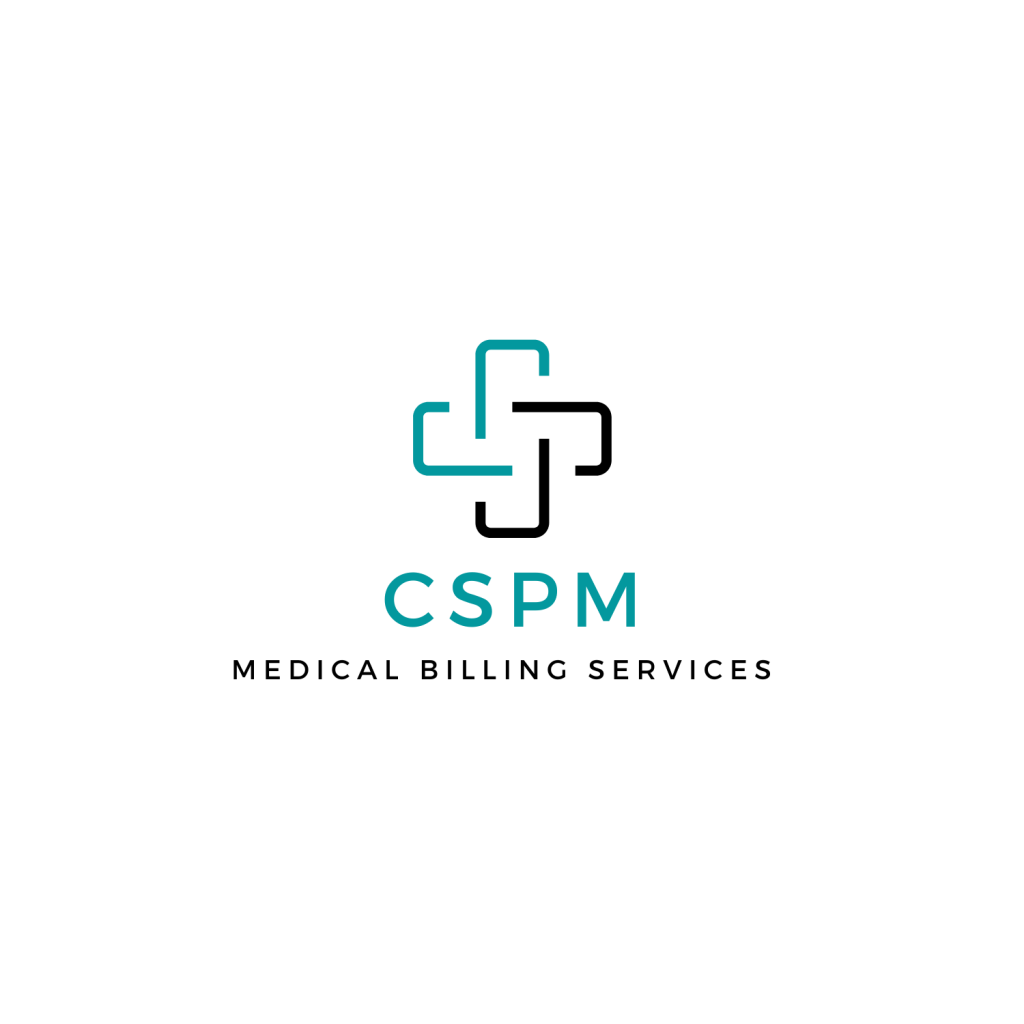
In the complex landscape of healthcare finance, revenue recognition plays a pivotal role in ensuring the financial health of healthcare organizations. Properly accounting for revenue is essential for maintaining compliance, making informed business decisions, and ultimately providing quality patient care.
Understanding Healthcare Revenue Recognition:
Healthcare revenue recognition involves the process of identifying, recording, and classifying revenue from patient services. Unlike other industries, healthcare revenue recognition can be intricate due to the various payment models, regulations, and third-party payer arrangements.
Key Components:
Patient Service Revenue:
The primary source of revenue in healthcare is patient services. This includes fees for consultations, procedures, surgeries, and other medical services provided to patients.
Third-Party Payer Arrangements:
Many healthcare organizations receive payments from third-party payers such as insurance companies, Medicare, and Medicaid. Understanding the terms of these agreements is crucial for accurate revenue recognition.
Contractual Allowances:
Recognizing revenue in healthcare often involves adjusting the gross charges for contractual allowances, reflecting the difference between the standard rates and the negotiated rates with third-party payers.
Uninsured and Self-Pay Patients:
For patients without insurance, revenue recognition includes accounting for self-pay amounts and considering potential bad debts.
Recognition of Bad Debts:
Healthcare organizations must also account for bad debts resulting from patients who are unable to pay. This involves estimating and recording provisions for doubtful accounts.
Regulatory Landscape:
ASC 606:
The Financial Accounting Standards Board’s (FASB) ASC 606 standard provides guidelines for revenue recognition in all industries, including healthcare. Compliance with ASC 606 is critical for accurate financial reporting.
HIPAA Regulations:
Healthcare providers must adhere to the Health Insurance Portability and Accountability Act (HIPAA), which includes regulations on electronic transactions and code sets impacting revenue cycle management.
Best Practices for Healthcare Revenue Recognition:

Comprehensive Documentation:
Maintain detailed documentation of patient encounters, services provided, and contractual agreements to support revenue recognition decisions.
Regular Training for Staff:
Ensure that staff members involved in revenue cycle management receive regular training on the latest regulations and best practices to enhance accuracy and compliance.
Technology Integration:
Implement advanced healthcare revenue cycle management systems that integrate seamlessly with electronic health records (EHRs) to streamline processes and reduce errors.
The Role of Medical Billing in Healthcare Revenue Recognition

In the complex landscape of healthcare, efficient revenue recognition is paramount to sustaining medical facilities and ensuring quality patient care. At the heart of this financial process lies medical billing, a crucial function that plays a pivotal role in revenue management. We will explore the significance of medical billing in healthcare revenue recognition and delve into ways to optimize this process for improved efficiency and financial health.
Understanding Medical Billing:
Medical billing is the systematic process of submitting and following up on claims with health insurance companies to receive payment for healthcare services provided. This process involves translating healthcare services into standardized codes, submitting claims to insurers, and managing the reimbursement process. The timely and accurate execution of medical billing is essential for healthcare organizations to maintain a steady cash flow and meet financial obligations.
Key Components of Medical Billing in Revenue Recognition:
Claim Submission and Coding:
Accurate coding of medical procedures and diagnoses is fundamental for successful claim submission.
Advanced technologies, such as electronic health record (EHR) systems, aid in automating coding processes, reducing errors, and speeding up claim submission.
Verification of Patient Information:
Ensuring that patient details and insurance information are up-to-date and accurate is crucial for avoiding claim denials.
Regularly updating patient information and employing verification tools can streamline this aspect of the billing process.
Claims Processing and Adjudication:
Efficient tracking of claims through the entire adjudication process is vital for identifying and resolving issues promptly.
Utilizing revenue cycle management (RCM) software can enhance visibility into the claims lifecycle, reducing delays and improving cash flow.
Denial Management:
Proactive denial management is essential to address issues that lead to claim rejections promptly.
Analyzing denial patterns and implementing corrective measures can significantly minimize revenue loss.
Optimizing Medical Billing for Enhanced Revenue Recognition:

Automation and Technology Integration:
Implementing automated billing systems and integrating them with other healthcare technologies can significantly reduce manual errors and improve efficiency.
AI-driven tools can assist in identifying billing discrepancies and ensuring accuracy in claims.
Staff Training and Education:
Providing ongoing training to billing staff is essential for keeping them abreast of changing regulations and industry best practices.
Well-trained staff can navigate complexities more effectively, reducing errors and accelerating the billing process.
Regular Audits and Compliance Checks:
Conducting regular internal audits and compliance checks helps identify and rectify potential issues before they lead to revenue loss.
Staying updated with regulatory changes is crucial to maintaining compliance and avoiding penalties.
Patient Engagement and Communication:
Clear communication with patients regarding their financial responsibilities, insurance coverage, and billing processes can prevent misunderstandings and disputes.
Implementing transparent billing practices can enhance patient satisfaction and increase the likelihood of timely payments.
Trust Center State Practice Management for Better Healthcare Revenue in Medical Billing.

In the complex landscape of healthcare, ensuring a steady and optimized revenue stream is paramount for healthcare providers. We play a crucial role in this process, helping healthcare facilities streamline their financial workflows and enhance revenue generation.
How We Work
Expertise in Billing and Coding:
We specialize in the intricacies of healthcare billing and coding. Our teams are well-versed in the latest industry regulations and coding updates, reducing the risk of errors that can lead to claim denials or delays. By ensuring accurate coding, we help healthcare providers maximize reimbursement for the services they render.
Efficient Claims Processing:
Timely claims processing is essential for maintaining a healthy revenue cycle.CSPM leverages advanced technology and streamlined processes to submit claims promptly and accurately. This efficiency minimizes the risk of claim rejections and denials, ensuring a smoother revenue flow for healthcare providers.
Revenue Cycle Management (RCM) Optimization:
Center State Practice Management involves monitoring and managing the entire lifecycle of a patient account, from appointment scheduling to claim submission and reimbursement. RCM optimization helps healthcare providers identify bottlenecks and inefficiencies in their revenue cycle, ultimately improving cash flow.
Stay Updated with Industry Changes:
The healthcare industry is dynamic, with constant changes in regulations, coding guidelines, and payer policies. We stay abreast of these changes, ensuring that healthcare providers remain compliant with evolving standards. This proactive approach minimizes the risk of revenue loss due to non-compliance.
Credentialing and Contract Negotiation:
Credentialing is a crucial step in the revenue cycle, ensuring that healthcare providers are recognized and authorized to bill various payers. CSPM manages this process efficiently, helping providers navigate complex credentialing requirements. Additionally, we assist in negotiating favorable contracts with payers, and optimizing reimbursement rates and terms.
Enhanced Patient Experience:
Clear and transparent billing processes contribute to a positive patient experience. We provide support in creating patient-friendly billing statements, explaining charges, and resolving billing inquiries. By enhancing patient satisfaction, healthcare providers can encourage timely payments and reduce the occurrence of billing disputes.
Recent Comments